Have you ever asked yourself, what makes you feel momentum with your energy, and on the other hand, what brings your energy down? Let's dive together to get a better understanding of your energy levels.
Hi, I am Noa, and I work with leaders, executives, and founders of companies and their teams to go beyond with your leadership. Are you ready? Let's go.
Energy is defined as the ability to do the work. Think about it. Energies at work change the state of the matter, from gas to liquid, from liquid to solid. We sometimes forget that the same force of energy that shifts gas to water can also change water back to gas. Why is it important to understand that? Because our energy is the same. Our energy changes all the time.
We need to identify when our energy is high, when we have momentum with our leadership and focus and when our energy is low.
When we have momentum with our energy, this is when we feel that everything we do works for us. When we go to a meeting, we inspire and impact and influence others; we feel focused; it feels great when we do the work. Long story short, we see results.
On the other hand, when our energy is low, we feel that no matter how much we try to push into action, we don't see results. And at times, we can't even bring ourselves into action. It is as if our cup is full, and still, we are trying to pour more and more liquid into it. But no matter how much more liquid we try to pure into it, at the end of the day, all we have left is what's in the cup.
As leaders, when our energy is high, we notice that we have clarity about our purpose, vision, and values. Suddenly when we share our ideas and vision, people get a better understanding and clarity of what we communicate with them. They hear and see how focused we are; there is a sense of alignment that they experience from us.
If you experience high energy right now, know that you have momentum, and I invite you to do everything you can to influence your ideas. Take advantage of this.
If your energy is low right now, it's okay; remember that energy never stays the same. It is changing. Sometimes it is high, and sometimes it is down. So you must identify it and know where you are.
Many of us have low energy after we push through an intense project or event in our life that took much of our attention. Like other cycles in life, we need time to recharge to move through the next time we need higher energy. So give yourself time to recover. As some people say, we can't work out in the gym 24/7; it is not efficient or adds value to our bodies.
Another reason we have low energy is when we lack clarity of the purpose behind our actions and vision. So it might be time for you to do some work to understand the purpose behind what you're trying to achieve or behind your vision. This area can be challenging to do independently, and finding a thoughtful partner to work through your ideas can be very helpful. It could be a peer, your manager, your team, or even a coach or mentor who can challenge your thought process and help you widen your perspective.
Another reason our energy can be low is change. There are many thoughts and emotions engaged in the process of change. And when there are so many thoughts and feelings, it's hard for us to move into action. Whether it's a life transition or a work transition, when we go through a change in our lives, we need to redefine who we are in the new situation, which takes a lot of energy from us.
For example, the COVID-19 reality allowed us to work from home, but now many companies require people to return to the office. Many of the people I know that had to shift from remote work to going back to the office felt their energy dropping down, and even though they try to push into action, it feels like they are pressing the gas pedal on neutral, but the car is not moving. This is the time to pause or slow down and allow your emotions and thoughts of change to be processed and acknowledged without judgment. Emotions, thoughts, and energy are never stagnant. Our thoughts move all the time, our emotions move all the time, and our energy can change too. The more we fight this idea, the longer we stay there. So allow yourself to be with the emotions and thoughts you experience now, and remember they will not be with you forever.
The funny and even silly thing is that the more you fight your emotions and thoughts about the change with action, the more you will feel stuck and not see the result and energy shift you want. On the other hand, the sooner you stop the action and acknowledge what you feel and think in a time of change, the faster you experience your energy shift.
Remember, energy changes all the time. Yes, there will be moments when you have momentum, which will be high, strong, and impactful. And there will be other moments when your energy will be minor/low and quiet. It's not about good or bad. It's about paying attention and being more compassionate to yourself or others when they or you need to recover.
Be curious, not judgmental about your energy shift. What can you learn from each of the energies you experience?
If you liked this video and article and would like to go beyond with the leadership, subscribe for more, or share with someone you think can get value from this article or video. Sharing is caring!



